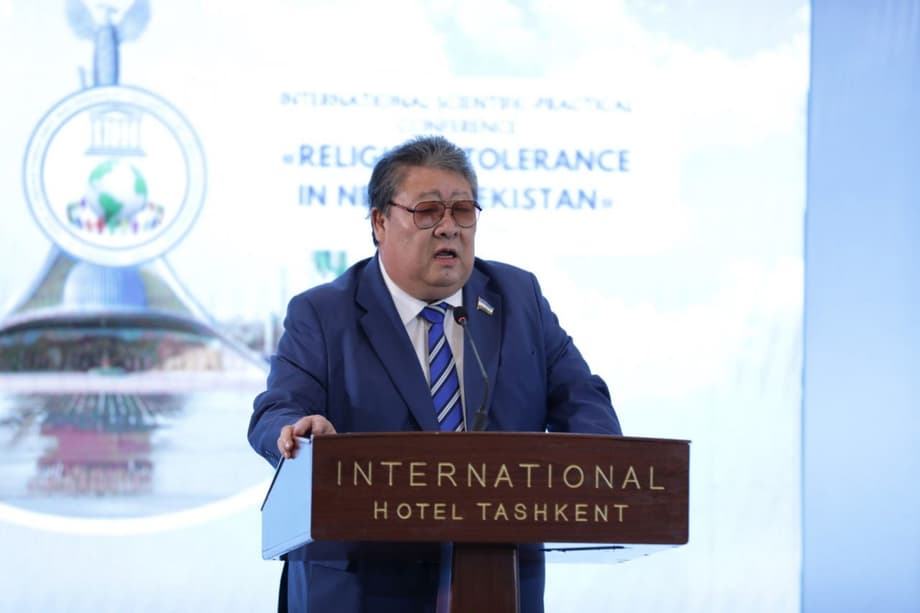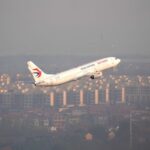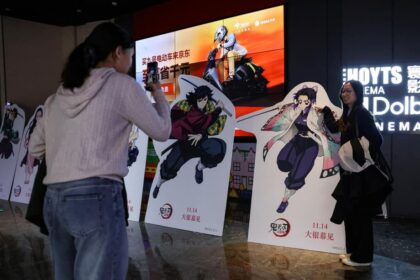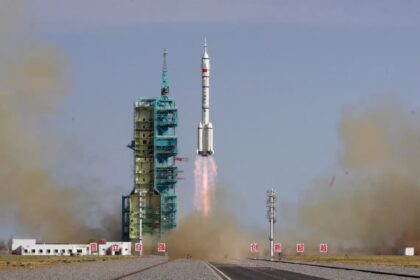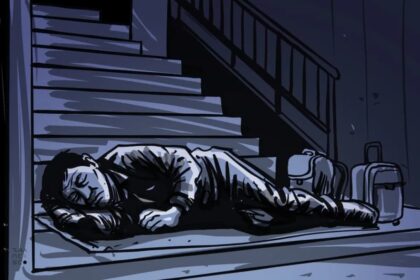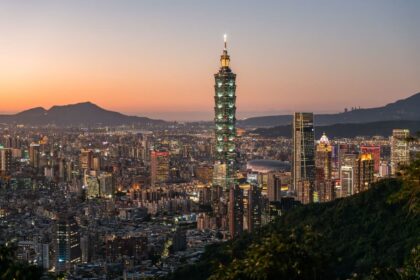A living mosaic shaped by history
In Tashkent, the life of Viktor Pak shows how personal stories can mirror national change. Pak is of Korean descent, lost his parents as an infant, and was raised by an Uzbek family. His grandmother was part of the Soviet deportations that moved tens of thousands of Koreans to Central Asia in the late 1930s. The community, known today as Koryo saram, put down roots across Uzbekistan. Pak grew up with Uzbek warmth and Korean traditions. He now leads the Korean Cultural Centers Association in Uzbekistan and often explains how belonging to two cultures is a source of pride and connection. His experience captures a central idea in New Uzbekistan, a policy choice that treats cultural variety as a public good and social glue.
- A living mosaic shaped by history
- From policy to practice how diversity is supported
- Festivals and everyday rituals that bring neighbors together
- Language education and safeguarding heritage
- Regional context cooperation and comparison
- What works on the ground and what remains hard
- Why this matters beyond Uzbekistan
- The Bottom Line
That idea now translates into a busy calendar of shared events and a network of institutions that bring people together. There are 157 national cultural centers active across the country. They host language classes, musical performances, exhibitions, and community programs. Nearly 5,000 civil servants from 35 ethnic backgrounds work in the state service. Ethnic minorities also sit in the national and local legislatures. Since 2021, Uzbekistan has marked Peoples Friendship Day on July 30 with a city scale celebration. This year, 22 pavilions presented traditions and art from communities such as Belarusian, Kazakh, Kyrgyz, Korean, and others. Fifty citizens received the Order of Friendship of Peoples for work that strengthens cooperation and social cohesion.
Public festivals have become a visible symbol of this approach. Harvest festivals, cultural fairs, and joint celebrations draw thousands of people from across the country. The message is simple. Everyone belongs, and everyone has something to share. That emphasis on togetherness, backed by policy and resources, helps turn diversity into daily practice rather than a slogan.
From policy to practice how diversity is supported
Uzbekistan’s leadership frames interethnic harmony as a core part of domestic policy. Officials say legal and institutional frameworks have been reinforced in recent years to promote mutual respect, equality before the law, and practical cooperation among communities. The country supports friendship societies and encourages ties with diaspora groups abroad, which help extend cultural bridges beyond national borders and strengthen people to people contacts.
The backbone of the approach is the nationwide network of cultural centers. These centers open their doors to language learners, musicians, dancers, and young people looking for community. They often collaborate with local authorities on programming that is open to all residents, not only members of a single group. This creates shared spaces where neighbors meet and learn about each other’s customs. For many families, a child’s first exposure to a different tradition comes from these centers, not from textbooks.
Peoples Friendship Day is the capstone. The event, branded this year as Uzbekistan, Our Common Homeland, encouraged visitors to walk through a living gallery of the country’s many identities. One pavilion recreated a Belarusian city hall. Another showcased Kazakh and Kyrgyz yurts, complete with textiles and household items. Visitors heard songs in several languages, sampled regional foods, and watched artisans at work. Alongside the festival, an international conference on unity brought participants from neighboring states and further afield to discuss how cultural cooperation can support stability and growth. These efforts promote understanding at home and create goodwill across the region.
Festivals and everyday rituals that bring neighbors together
Festivals in Uzbekistan highlight unity through shared experience. The annual Harvest Festival draws thousands of visitors, with support from local authorities and national institutions. Families stroll between stages where folk groups perform, while stalls offer handicrafts from across the country. Many come for the food, but stay for the exchanges that happen in conversation, dance workshops, and children’s activities. The setting is casual, yet it builds a habit of recognition and respect.
Spring celebrations reflect this blend of heritage and renewal. Nowruz, the ancient new year marked at the end of March, honors rebirth and hospitality. In several Central Asian countries, May 1 evolved from Soviet era parades into different observances. In Uzbekistan, May 1 is noted as the Day of Fountains, a seasonal marker rather than a formal public holiday. The shift shows how old traditions can take on new meanings in contemporary life while still gathering people in common public spaces.
Religious holidays also bring the country together. In 2025, the first day of Eid al Fitr in Uzbekistan falls on Sunday, March 30. A presidential decree moved the official day off to Monday so families across the country could celebrate together. The decree emphasized the values often highlighted in public messaging, including humanism, mutual respect, and compassion, and encouraged assistance to low income families during the holiday. These measures underline a civic commitment to social solidarity and to inclusive celebrations in a multi ethnic society.
Language education and safeguarding heritage
Uzbekistan links interethnic harmony to the safeguarding of intangible cultural heritage, a concept promoted by UNESCO. In a recent periodic report for the 2003 Convention for the Safeguarding of the Intangible Cultural Heritage, the country described steps taken since 2020 to integrate traditional practices into education, support community driven documentation, and maintain inclusive inventories. The approach prioritizes participation by communities, groups, and individuals who hold and transmit traditions, with training programs and research to support them. An overview of these policies is available through UNESCO’s reporting system at this link: UNESCO ICH periodic report for Uzbekistan.
Living traditions are a daily thread in community life. Uzbekistan is home to practices that appear on UNESCO lists, such as Navruz, the culture of preparing palov, and the oral art of askiya. Classical music and dance lineages remain active, and crafts schools help transmit skills to younger generations. Cultural centers and schools host workshops where elders explain the stories behind ceremonies, songs, and food. This kind of hands on activity gives children a path to appreciate their own heritage while understanding and respecting that of their neighbors.
Language learning plays a practical role. Many cultural centers run free or low cost classes, where students study Uzbek and another community language side by side. Teachers often create informal exchange sessions in which participants practice basic greetings, songs, and simple conversations. Small moments of learning reduce distance and build the confidence to engage in daily life without fear of making mistakes. That confidence is one of the quiet engines of social cohesion.
Regional context cooperation and comparison
Central Asia’s story is inseparable from movement and exchange. For centuries, trade routes linked towns from the Caspian Sea to the Tian Shan. The modern republics that emerged after 1991 share languages, cuisines, and family ties across borders. The region’s leaders have increased consultations in recent years and launched formats that include major partners, such as C5+1 meetings with the United States and the European Union, and C5 gatherings with China. The goal is to turn geography and heritage into an advantage for commerce and stability.
Uzbekistan’s unity drive sits within that broader current. Cooperation shows up in security and culture alike. In October 2025, the Unity 2025 regional military exercise opened in Samarkand with servicemen from Azerbaijan, Kazakhstan, Kyrgyzstan, Tajikistan, and Uzbekistan. The ceremony combined protocol and performance. National anthems were played, commanders underscored the value of shared training, and a cultural program featured songs from each participating nation. Events like this build professional familiarity while reinforcing a sense of regional friendship.
Neighbors also experiment with their own models for managing diversity. Kazakhstan observes a Day of Unity of the People on May 1 and operates the Assembly of the People, an institution that coordinates ethnic policy. Analysts have pointed out that official celebrations and institutions, while helpful, do not by themselves prevent local tensions. Experience in parts of the region shows that steady implementation, transparent feedback, and community level problem solving matter as much as national statements. The lesson for everyone is simple. Symbols set the tone, but practice decides outcomes.
Across the wider neighborhood, leaders often underline the role of culture in public life. At a recent Asian forum, the theme focused on moving from national diversity toward global solidarity. The language speaks to a moment when countries seek common ground while handling climate, security, and economic risks. Uzbekistan’s record of supporting interethnic harmony aligns with that conversation, and it helps position Central Asia as a contributor to dialogue rather than a consumer of it.
What works on the ground and what remains hard
Uzbekistan’s model has several strengths. It recognizes that identity is personal and layered, and it gives people visible ways to participate in public life without leaving their heritage at the door. The scale of support, from 157 cultural centers to dozens of friendship societies, allows programs to reach cities and smaller towns. Festivals and conferences generate a shared narrative of belonging. Representation in state service and legislatures sends a message that public institutions are open to all citizens. These choices help shape expectations, which in turn shape behavior.
There are also challenges that require constant attention. The first is inclusion beyond the capital and major cities, where access to cultural programming or language classes can be uneven. The second is measurement. Counting events and centers is easier than tracking whether daily interactions feel fair to everyone, or whether services are accessible in practice. The third is education. Schools must balance a common curriculum with sensitivity to cultural and linguistic diversity. Administrators often need training and resources to manage that balance well. Finally, social media can amplify misunderstandings quickly. Rapid response and calm communication matter when rumors spread faster than facts.
Steps often cited by regional researchers and practitioners include regular, independent reviews of ethnic policy, better data on local needs, strong mediation capacity at the neighborhood level, and teaching skills for respectful dialogue in schools and youth clubs. Cultural centers and local leaders can support parents as well, since family life is where children first learn to make sense of difference. The mahalla, a traditional neighborhood institution, remains a valuable platform for solving small problems before they grow. Everyday competence in these areas builds resilience long before a formal policy is tested.
Why this matters beyond Uzbekistan
Stories like Viktor Pak’s sit within a larger transnational picture. The Korean community in Central Asia has long connected the region to the Korean Peninsula. Trade, student exchanges, and labor mobility now move in both directions. A growing number of Central Asian citizens work in Korea, building new ties that shape families and businesses. Each successful exchange builds trust that helps countries cooperate in fields from education to technology.
A stable, inclusive Uzbekistan also contributes to Central Asia’s credibility as a place where different communities live side by side. That reputation attracts visitors, students, and investors. It also supports the region’s role as a bridge between Asia and Europe. Transit routes that cross Central Asia, often called the Middle Corridor, run on infrastructure and on trust. Cultural confidence, fair treatment, and people to people contact make that trust easier to achieve.
The Bottom Line
- Uzbekistan supports a multi ethnic society through policy, institutions, and public festivals that encourage shared participation.
- There are 157 national cultural centers active nationwide, along with friendship societies and diaspora links that extend cultural ties abroad.
- Nearly 5,000 civil servants from 35 ethnic backgrounds work in state service, and minorities are represented in national and local legislatures.
- Peoples Friendship Day, introduced in 2021 and held on July 30, features 22 pavilions and large crowds exploring traditions side by side.
- Fifty citizens received the Order of Friendship of Peoples this year for building cooperation and social cohesion.
- Religious and seasonal celebrations, including Eid al Fitr and Nowruz, are framed as opportunities for unity and mutual support.
- Uzbekistan’s UNESCO reporting highlights steps to integrate intangible heritage into education and to involve communities in safeguarding traditions.
- Regional cooperation includes cultural dialogue and security drills such as Unity 2025 in Samarkand, which combine training with cultural exchange.
- Key challenges include equitable access outside major cities, better measurement of day to day inclusion, and education that serves both unity and diversity.
- Progress at home strengthens Central Asia’s image as a stable, welcoming region and supports wider economic and social cooperation.


